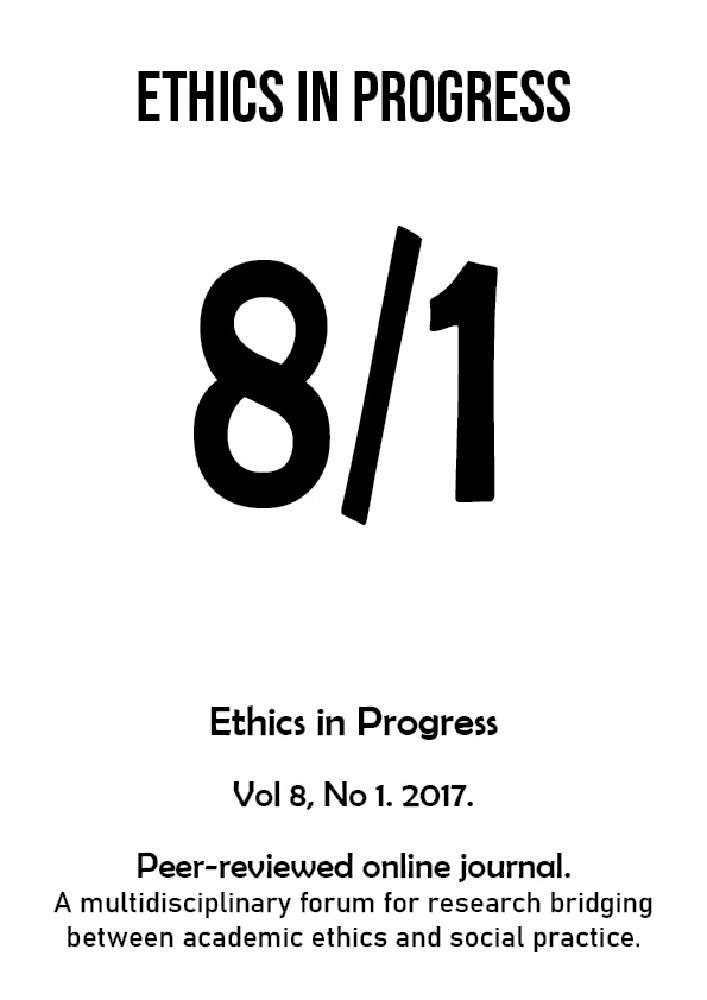Abstract
In 2008 Chris Anderson wrote a provocative piece titled The End of Theory. The idea being that we no longer need to abstract and hypothesis; we simply need to let machines lead us to the patterns, trends, and relationships in social, economic, political, and environmental relationships. According to Anderson, the new availability of huge amounts of data offers a whole new way of understanding the world. Correlation supersedes causation, and science can advance even without coherent models and unified theories. But numbers, contrary to Anderson’s assertion, do not, in fact, speak for themselves. From the neuroscience’s standpoint, every choice we make is a reflection of an, often unstated, set of assumptions and hypotheses about what we want and expect from the data: no assertion, no prediction, no decision making is possible without an a priori opinion, without a project. Data-driven science essentially refers to the application of mathematics and technology on data to extract insights for problems, which are very clearly defined. In the real world, however, not all problems are such. To help solve them, one needs to understand and appreciate the context. The problem of landscape becomes, for this reason, critical and decisive. It requires an interdisciplinary approach consisting of several different competencies and skills.References
Anderson, C. 2008. The End of Theory: The data Deluges Makes the Scientific Method Obsolete. Wired Magazine, 23 June 2008.
Black, M. 1952. Models and Metaphors, New York: Ithaca (tr. it. Modelli, archetipi, metafore. Parma: Pratiche Editrice 1983).
Cardon, D. 2016. Che cosa sognano gli algoritmi. Le nostre vite al tempo dei big data, Milano: Mondadori Universita .
Castoriadis, C. 1986. La logica de los magmas y la question de la autonomia, in: Id., Dominios del Hombre: Encrucijadas del labirinto II. Barcellona: Gedisa (tr. it. La logica del magma, in L. Guzzardi, a cura di, Il pensiero acentrico, Milano: Ele uthera 2015, 41–72).
Cecconi, F., Cencini, M., Falcioni, M. & Vulpiani, A. 2012. Predicting the Future From the Past: An Old Problem From a Modern Perspective. American Journal of Physics, 80, 1001–1008.
Craig, W. 1953. On Axiomatization within a System. Journal of Symbolic Logic, 18, 30–32.
Craig, W. 1956. Replacement of Auxiliary Expressions. Philosophical Review, 65, 38–55.
De Finetti, B. 2006. L’invenzione della verità. Milano: Raffaello Cortina.
De Mauro, T. 1982. Minisemantica dei linguaggi verbali e non verbali e delle lingue. Bari: Laterza.
Dirac, P. A. M. 1959. I principi della meccanica quantistica. Torino: Boringhieri.
Domingos, P. 2015. The Master Algorithm. How the Quest for the Ultimate Learning Machine Will Remake Our World, New York: Basic Books (tr. it. L’algoritmo definitivo. La macchina che impara da sola e il futuro del nostro mondo, Torino: Bollati Boringhieri 2016).
Edelman, G. M. 1991. Il presente ricordato. Milano: Rizzoli.
Gallese, V. 2003. Neuroscienza delle relazioni sociali. In F. Ferretti (a cura di), La mente degli altri. Prospettive teoriche sull’autismo. Roma: Editori Riuniti.
Gibson, J. J. 1979. The Ecological Approach to Visual Perception, Boston: Houghton Mifflin (tr. it. Un approccio ecologico alla percezione visiva, Bologna: Il Mulino, 1999).
Gramsci, A. 1975. Quaderni dal carcere. Edizione critica dell’Istituto Gramsci, a cura di V. Gerratana, vol. I–IV. Torino: Einaudi.
Heidegger, M. 1962. Kant e il problema della metafisica. Milano: Silva.
Hesse, M. B. 1980. Modelli e analogie nella scienza, a cura di C. Bicchieri. Milano: Feltrinelli.
Hey, T., Tansley, S. & Tolle, K. (eds) 2009. The Fourth Paradigm. Data-Intensive Scientific Discovery, Microsoft Corporation.
Kant, I. 1957. Critica della ragion pura. Torino: Einaudi.
Keysers, C., Wickers, B., Gazzola, V., Anton, J.–L., Fogassi, L., & Gallese, V. 2004. A Touching Sight: SII/PV Activation During the Observation and Experience of Touch. Neuron, 42.
Kitchin, R. 2014. The Data Revolution: Big Data, Open Data, Data Infrastructures and Their Consequences. Los Angeles – London – New Delhi – Singapore – Washington DC: Sage.
Leopardi, G. Zibaldone di pensieri. Firenze 30 novembre 1828. Nagel, E. 1961. The Structure of Science. San Diego, California: Harcourt, Brace & World, Inc. (tr. it. Milano: Feltrinelli, 1968).
Nash, J. 1996. Essays on Game Theory. Northampton MA, Cheltenham – Camberley, UK: Edward Elgar Pub.
Pasquale, F. 2015. The Black Box Society: The Secret Algorithms That Control Money and Information. Cambridge MA: Harvard University Press.
Pietsch, W. 2015. Aspects of Theory-Ladenness in Data-Intensive Science. Philosophy of Science, 82 (5), 905–916.
Ratti, C. & Townsend, A. 2014. The Social Nexus, in: Designing the Urban Future: Smart Cities. New York: Scientific American.
Rizzolatti, G. & Sinigaglia, C. 2006. So quel che fai. Il cervello che agisce e i neuroni specchio. Milano: Raffaello Cortina.
Schwab, K. 2016. The Fourth Industial Revolution. Ginevra: World Economic Forum, (tr. it. La quarta rivoluzione industrial, Milano: Franco Angeli 2016).
Tagliagambe, S. 2002. Il sogno di Dostoevskij. Come la mente emerge dal cervello. Milano: Raffaello Cortina.
Taleb, N. N. 2012. Antifragile: Things That Gain from Disorder. London: Allen Lane (tr. it. Antifragile. Prosperare nel disordine. Milano: Il Saggiatore, 2013).
Toraldo di Francia, G. 1976. L’indagine del mondo fisico. Torino: Einaudi. Von Foerster, H. 1982. Sistemi che osservano, (tr. it. Roma: Astrolabio, 1987).
Von Neumann, J. & Morgenstern, O. 1944. Theory of Games and Economic Behavior. Princeton NJ: Princeton Univeristy Press.
Vulpiani, A. 2013. Problemi e limiti delle previsioni. Le Scienze, 538.




